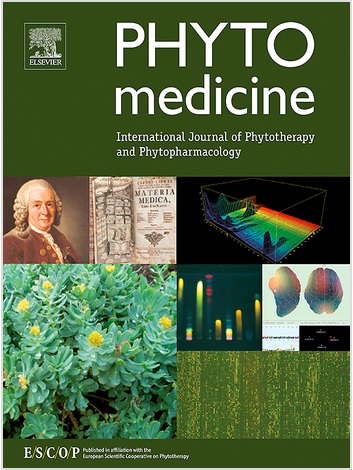Background
It has been shown that secondary metabolites occur in Chelidonium majus L. (C. majus) crude extract and milky sap (alkaloids such as berberine, coptisine, chelidonine, chelerythrine, sanguinarine, and protopine) are biologically active compounds with a wide spectrum of pharmacological functions. Berberine, an isoquinoline alkaloid extracted from plants, possesses a wide range of biological activities, including inhibition of growth of a variety of cancer cell lines.
Purpose and study design
In the present study, we investigated the potential anticancer effect of a protoberberine alkaloidal fraction (BBR-F) isolated from the medicinal plant C. majus on HeLa and C33A cervical cancer cells after light irradiation (PDT treatment).
Methods
BBR-F was prepared from an ethanolic extract of stems of C. majus. Identification of alkaloidal compounds was performed using high-performance liquid chromatography - mass spectrometry (HPLC/ESI-MS) and nuclear magnetic resonance (NMR) spectroscopy. BBR-F was then biologically evaluated for its anticancer properties. Cytotoxic activity after PDT treatment and without light irradiation (dark cytotoxicity) was determined by colorimetric WST-1 assay. The impact of the protoberberine alkaloidal fraction on the morphology and function of the cells was assessed by fluorescence and confocal microscopy as well as by flow cytometric analysis. To investigate the proinflammatory effect of the extracted natural BBR-F, nitric oxide concentration was determined using the Griess method.
Results
An effective reduction in HeLa and C33A cell viability was observed after PDT treatment of BBR-F treated cells. Furthermore, microscopic analysis identified various morphological changes in the studied cells that occurred during apoptosis. Apoptosis of HeLa and C33A cells was also characterized by biochemical changes in cell membrane composition, activation of intracellular caspases, disruption of the mitochondrial membrane potential (Δψm) and reactive oxygen species (ROS) generation.
Conclusion
Our results strongly suggest that the components of the natural plant protoberberine fraction (BBR-F) extracted from C. majus may represent promising novel photosensitive agents and can be applied in cancer photodynamic therapy as natural photosensitizers.

